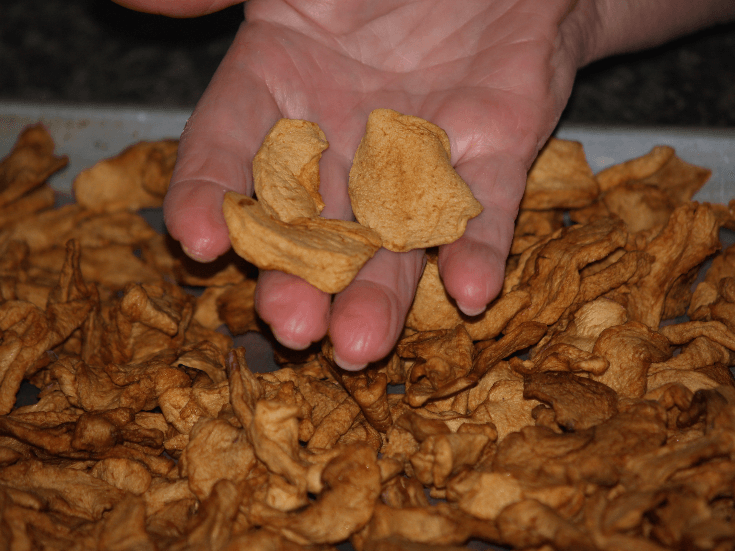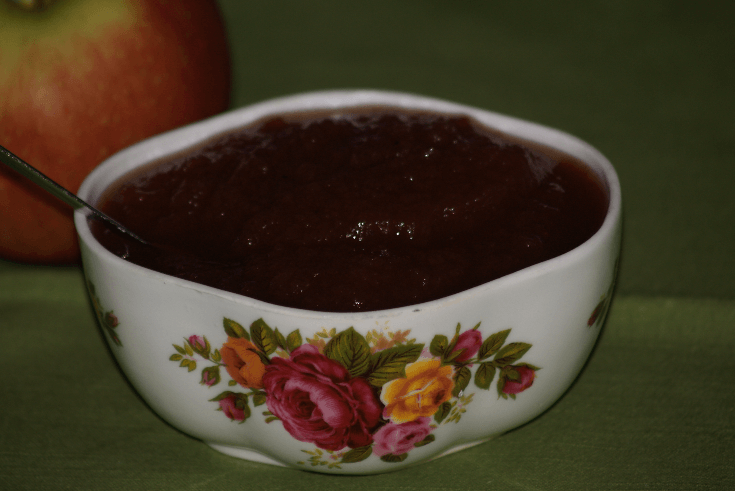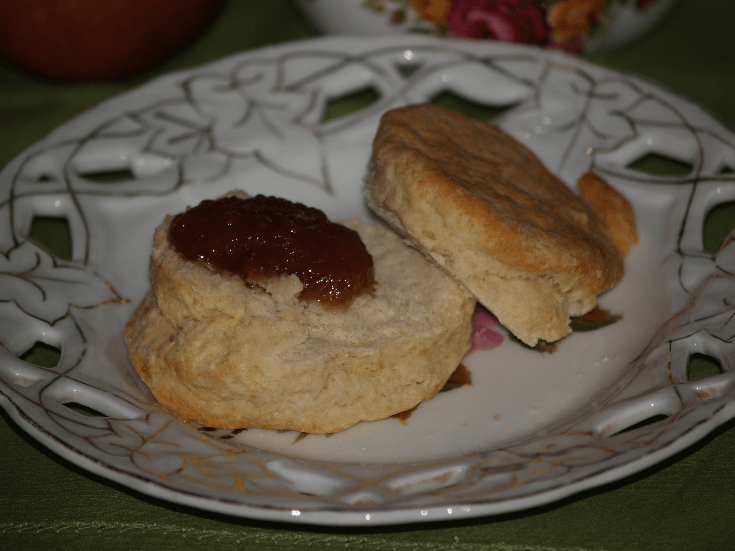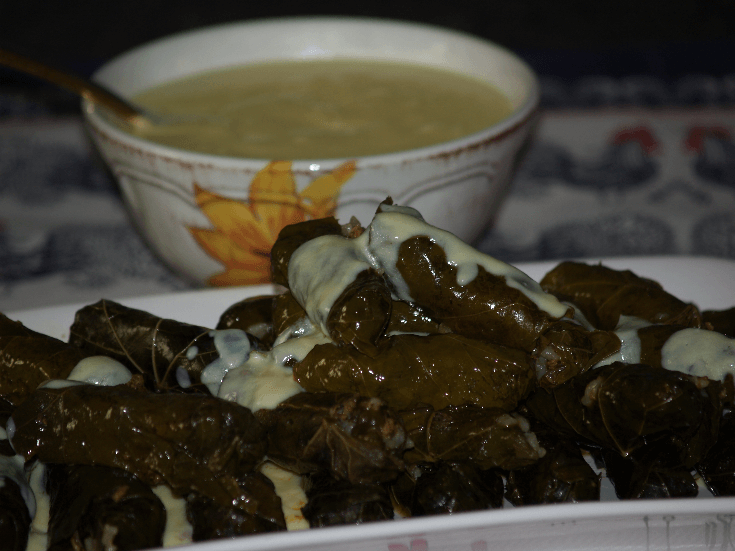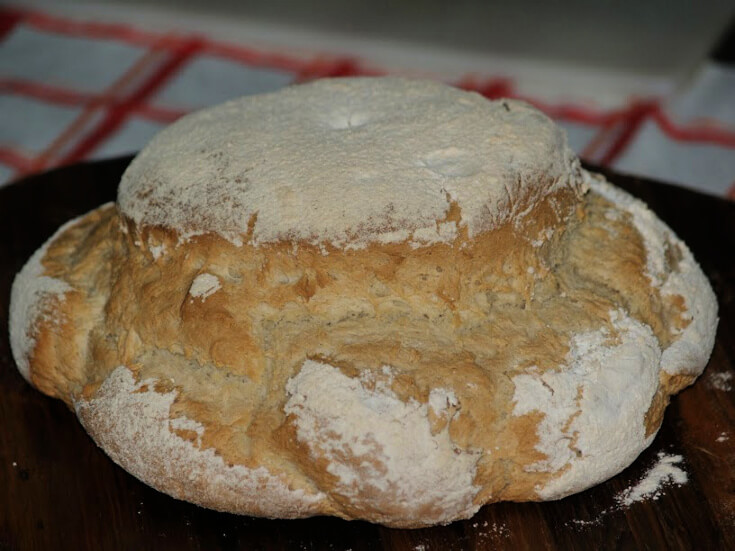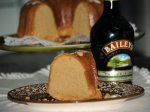- Painless Cooking
- Fruit
- History of Apples
History of Apples
Do you ever think about the history of apples or are you like many of us who take this wonderful fruit for granted. As we enter into fall and the peak of the apple season my mind once again goes back to my childhood and the important memories I have of picking apples. Although we never grew our own trees, most years throughout my life I would accompany Mom and Dad to the orchards to pick out plenty of apples for eating as well as cooking.
As I married and had children I continued this tradition with my family only adding a little extra treat to my history of apples. In Ohio I found an orchard that grew apples with “Happy Halloween” and Merry Christmas” printed on them. Each year I scheduled two visits to this orchard to pick up these holiday apples. What a treat!
The way these special apples were grown is that the owner put tape on the apples and they would turn red everywhere except where the tape was. Now you may not believe me, as some of the family did not. A few years back I had to revisit this orchard with these family members to confirm this by the owner’s wife. Unfortunately, the owner had passed on so they did not do this any longer but she still remembers him doing so.
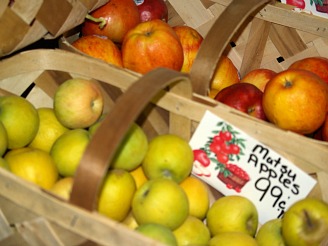 History of Apples
History of ApplesThe history of apples takes us back thousands of years where the wild apple trees grew in Asia and enjoyed by the wild animals. People discovered that cutting out some of the branches and thinning the fruit encouraged the trees to produce larger apples. The most important discovery was that putting an apple in a hole in the ground would produce a whole new tree. Better still they found that by taking a few black seeds from an apple could grow a new tree. This made it easy for travelers to save the seeds and take them home to plant in their own areas.
Another important discovery in the history of apples
was that the living twig of one apple tree could be grafted onto another
tree producing fruit exactly like that of the mother tree. What was
once a “hit or miss” method of propagation became more of a “sure thing”
of what the farmer would get. Farmers could plant fields of trees that
were almost all the same.
The history of apples here in the
United States goes all the way back to the beginning. As the early
settlers packed to come to this country, this is one fruit they knew
they could not be without. As soon as they arrived in the New World they
began planting the starts for these trees. They knew the apples were
important for the health benefit as well as simply for food.
The history of apples tells us that by the arrival of the twentieth century thousands of varieties of apples were being grown here in North America; about fifty types are being grown commercially. A few varieties have survived the fierce competition of the business; among them are the Red and Golden Delicious, McIntosh and Granny Smith. The reason for these is that they grow well being more resistant to pest and disease, they store well and they ship well without bruising. These qualities are important for growers.
I have mentioned before (somewhere on the site) that our barns were used for so more than housing animals and storage. During my early history of apples and before, barns were also used during apple harvest season. Whole families neighboring apple orchards would gather together in a barn for apple peeling parties. Bushels and bushels of apples would be prepared for drying. In another barn, a “massive spread” of covered dishes were placed on long tables for the “feast”. Even with work, all the laughter was a sure sign of this traditional festive occasion.
Today we take this precious fruit for granted being able to purchase many types year round from the grocery store. It took many years to develop this storing power which makes them available to us. In the early years in the history of apples this was not so. Before the knowledge of canning or availability of power, apples mostly had to be eaten or cooked when fresh. People learned how to dry apples by slicing them and placing them in hot sun or threading on a thick string. Drying apples preserved them for the winter months.
How to Dry Apples and the History of Apple Drying
For our early settlers, drying apples was the only type of preservation possible. Freezers were not available and neither were canning jars and equipment. Dried apples would last for years if done properly. The apples either peeled or unpeeled, cored and cut in pieces or slices. Then the apples would be strung with a large needle onto a thick string. The string of apples would be hung near a chimney or stove, someplace hot and dry, to dry out the apples. This would take about a week or two to dry thoroughly. Then the apples were stored in a cool dry place.
Today we have more options of preserving apples, even when drying. We can dry slices the old way of placing in the hot sun, slowly drying in the oven or by using a dehydrator. Below is a simple recipe.
HOW TO DRY APPLES
- 5 Pounds apples
- 1 Gallon cold water
- 1 Tablespoon salt
- ½ Cup fresh lemon juice OR ascorbic acid (Follow package direction)
Combine and mix water, salt and lemon juice in a large NON metal container.
Peel and core apples; cut in ¼ inch slices.
Place slices in water mixture and soak for 10 minutes; drain in colander for 30 minutes.
TO DRY OUTDOORS as from our history of apples, spread apples on wire racks in single layers.
Cover apples with cheesecloth; place in a warm breezy place through the day (Bring in at night.)
NOTE: It will take 1 or 2 days to dry thoroughly depending on the temperature and humidity.
TO DRY IN THE OVEN heat oven at 120F degrees (Some do not go this low).
Place apple slices on wire cooling racks; dry for 5 to 7 hours.
NOTE: You can use several racks in the oven at a time; CHANGE the racks to different shelves occasionally.
NOTE: Leave the door slightly ajar to allow moisture to escape.
TO DRY IN A DEHUMIDIFIER follow your manufacturer’s directions.
FOR STORAGE apples should be dry to the touch but still slightly moist inside. Cool in a cool dry place.
DRIED APPLE PIE RECIPE
- Double crust pie pastry
- 1 ½ Cups dried apple slices
- 1 ½ Cups boiling water
- ½ Cup sugar (granulated OR brown)
- ½ Teaspoon cinnamon
- ½ Teaspoon nutmeg
- 2 Tablespoons butter
Pour boiling water over apple slices; let stand overnight.
PREHEAT OVEN TO 400F degrees.
Add sugar, cinnamon and nutmeg to the apples; blend well.
Line bottom of pie pan with half of pastry.
Pour apple mixture into shell; dot top with the butter.
Roll out remaining dough and top pie filling.
Trim edges, crimp and make steam slots in top.
Bake 50 to 60 minutes until golden browned.
APPLE BUTTER RECIPE
Throughout our history of apples and still today, apple butter has been a delicious and important product made.
- 4 Pounds tart apples
- 2 Cups sweet cider
- Granulated sugar to taste
- Dash of salt
- 2 Teaspoons cinnamon
- ½ Teaspoon cloves
- ½ Teaspoon allspice
- 1 Lemon (Juice and rind)
Coarsely chop apples without peeling or coring.
Place apples and cider in a heavy bottomed pot.
Cover and cook over medium heat about 30 minutes until soft.
Press apples through a large sieve; measure and return to the pot.
Add ½ cup of sugar for EACH cup of applesauce.
Add salt, cinnamon, cloves, allspice, lemon juice and rind to pot; blend well.
Cook over low heat until sugar dissolves.
FOR A FASTER METHOD increase heat to medium. Cook and stir often to prevent scorching for 45 minutes.
FOR A SLOWER METHOD continue cooking over low heat for 1 ½ hours stirring every 20 minutes.
FOR OVEN METHOD place in uncovered enameled roasting pan. Bake at 300F degrees for 2 to 3 hours.
NOTE: Apple butter is done when sauce is reduced by half to a thick smooth butter. Spoon into hot sterilized jars and seal.
APPLE LEATHER
- 1 Cup unsweetened applesauce
- 1 Tablespoon light corn syrup
- Plastic wrap
Process applesauce and corn syrup in a blender or food processor for 1 minute until very smooth.
Stretch a piece of plastic wrap tightly over a dinner plate.
Pour applesauce over plastic wrap; shake plate to spread applesauce to a thin smooth sheet.
Place in a warm place (Not in oven); top of refrigerator, in a warm breezy spot, in front of fan.
Let dry until “leathery” to touch; could take 2 days depending on humidity.
Lift edge from plastic wrap and pull to remove.
Place between 2 sheets of plastic wrap; roll loosely to store.
APPLE CANDY RECIPE
In the history of apples this no cook apple candy recipe was popular with the children; it is not very sweet and easy enough for the kids to mix up.
- 1 ½ Cups dried apples
- 2 ½ cups coconut
- ¾ Cup sweetened canned milk
- 1 Cup finely chopped nuts
Remove any pieces of peel or core from the dried apples.
Finely chop the dried apples and coconut.
Add milk to coconut and apples and blend well; shape into small balls and roll into chopped nuts.
